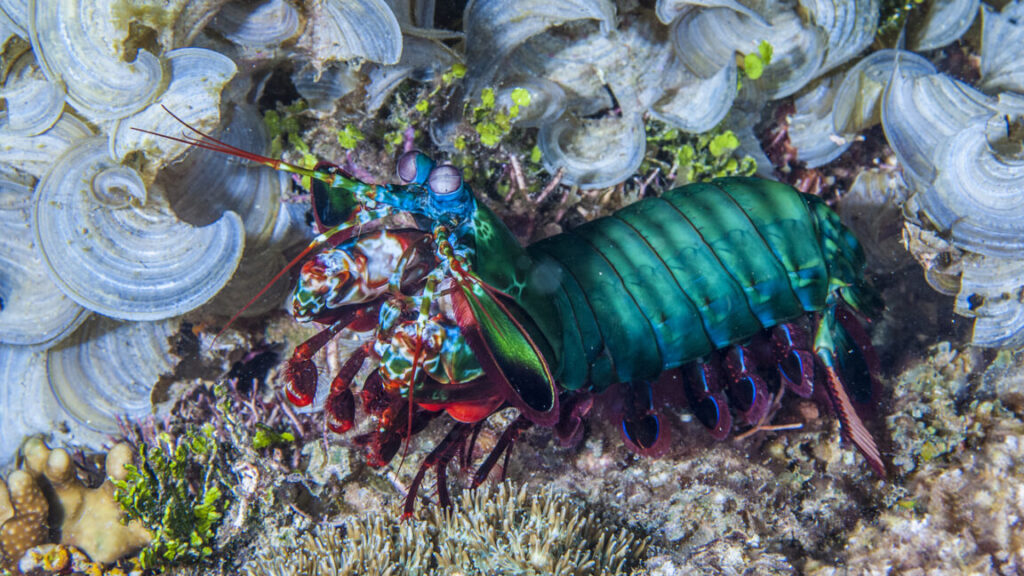Brewing tea removes lead from water
Testing the teas

Scanning electron microscope image of black tea leaves, magnified by 500 times. Black tea, which is wilted and fully oxidized, exhibits a wrinkled surface, potentially increasing the available surface area for adsorption. Credit: Vinayak P. Dravid Group/Northwestern University
To test their hypothesis, the authors purchased Lipton and Infusions commercial tea bags, as well as a variety of loose-leaf teas and herbal alternatives: black tea, green tea, white peony tea, oolong tea, rooibos tea, and chamomile tea. The tea bags were of different types (cotton, cellulose, and nylon). They brewed the tea the same way daily tea drinkers do, steeping the tea for various time intervals (mere seconds to 24 hours) in water spiked with elevated known levels of lead, chromium, copper zinc, and cadmium. Tea leaves were removed after steeping by pouring the tea through a cellulose filter into a separate tube. The team then measured how much of the toxic metals remained in the water and how much the leaves had adsorbed.
It turns out that the type of tea bag matters. The team found that cellulose tea bags work the best at adsorbing toxic metals from the water while cotton and nylon tea bags barely adsorbed any contaminants at all—and nylon bags also release contaminating microplastics to boot. Tea type and the grind level also played a part in adsorbing toxic metals, with finely ground black tea leaves performing the best on that score. This is because when those leaves are processed, they get wrinkled, which opens the pores, thereby adding more surface area. Grinding the tea further increases that surface area, with even more capacity for binding toxic metals.
But the most significant factor was steeping time: the longer the steeping time, the more toxic metals were adsorbed. Based on their experiments, the authors estimate that brewing tea—using a tea bag that steeps for three to five minutes in a mug—can remove about 15 percent of lead from drinking water, even water with concentrations as high as 10 parts per million.
Brewing tea removes lead from water Read More »













